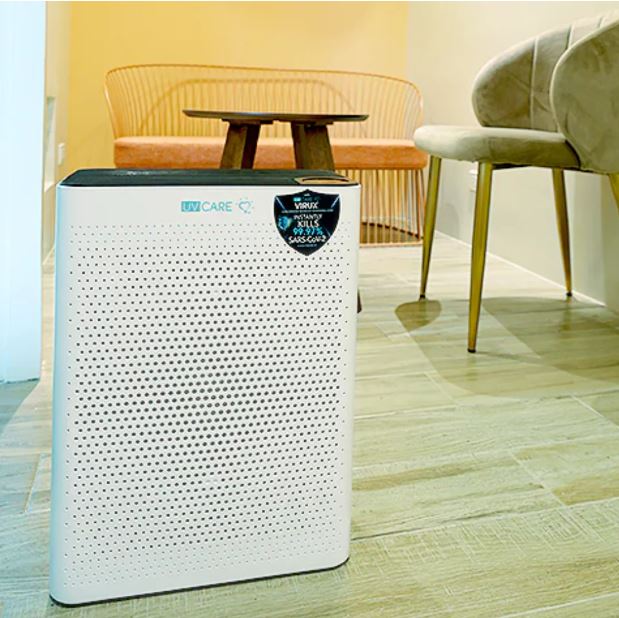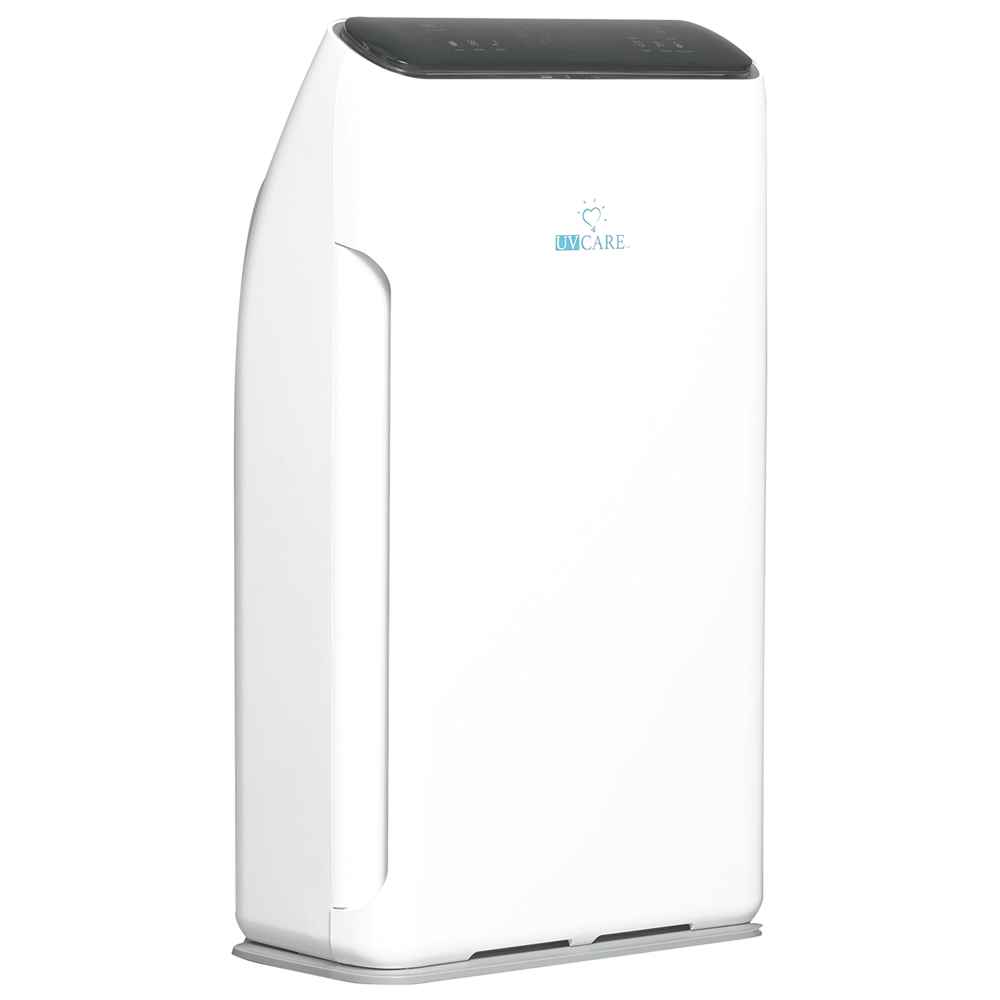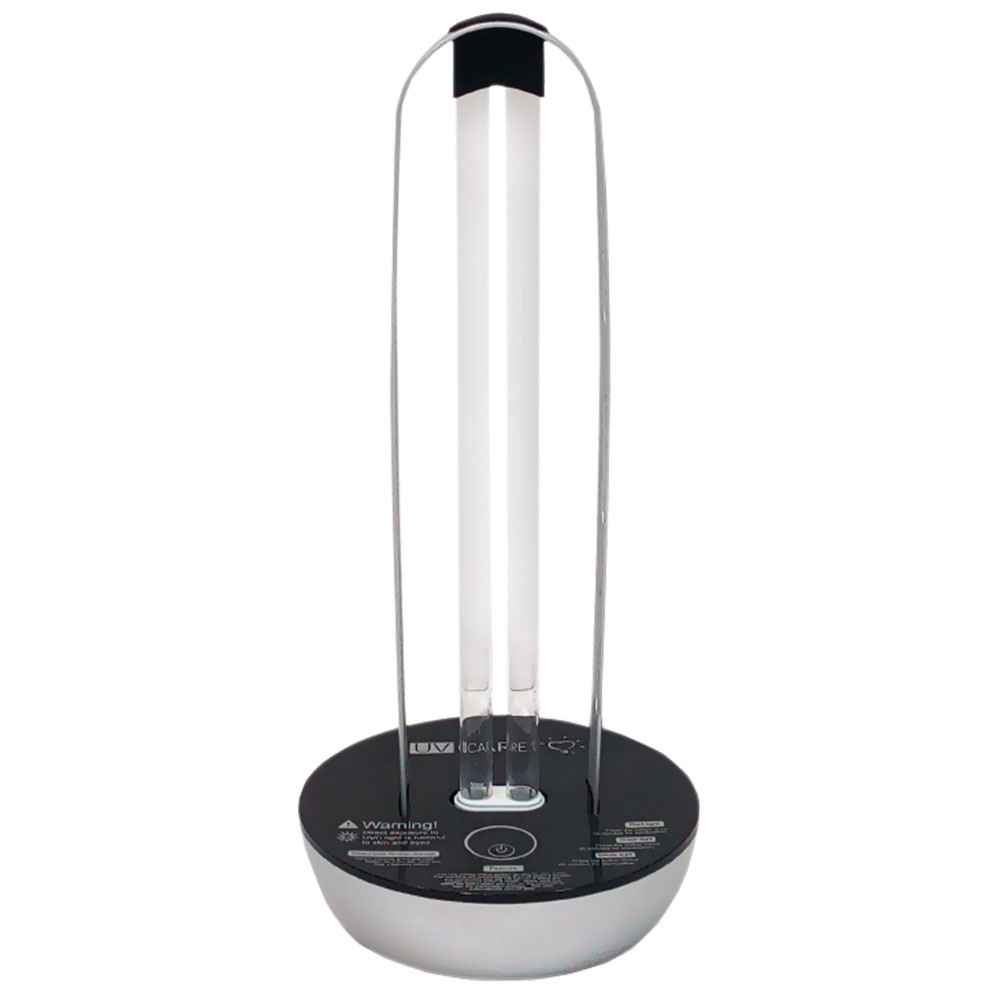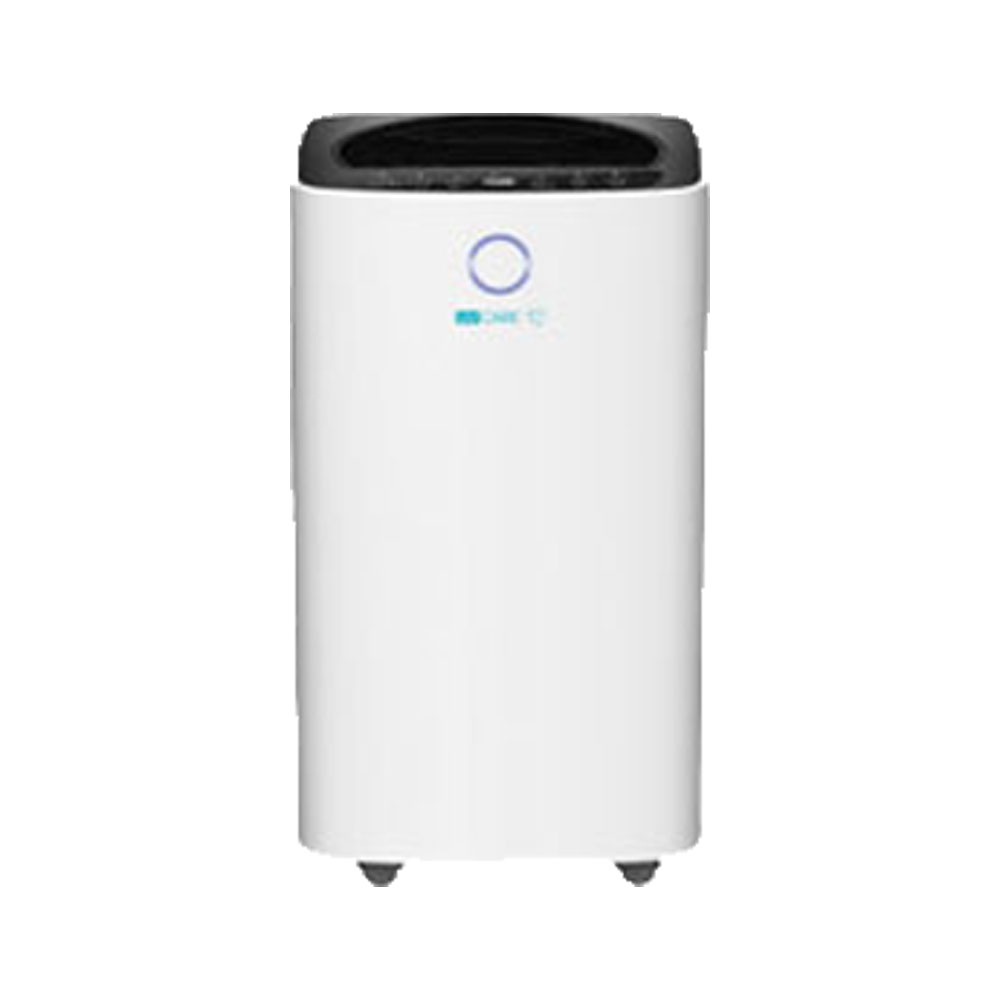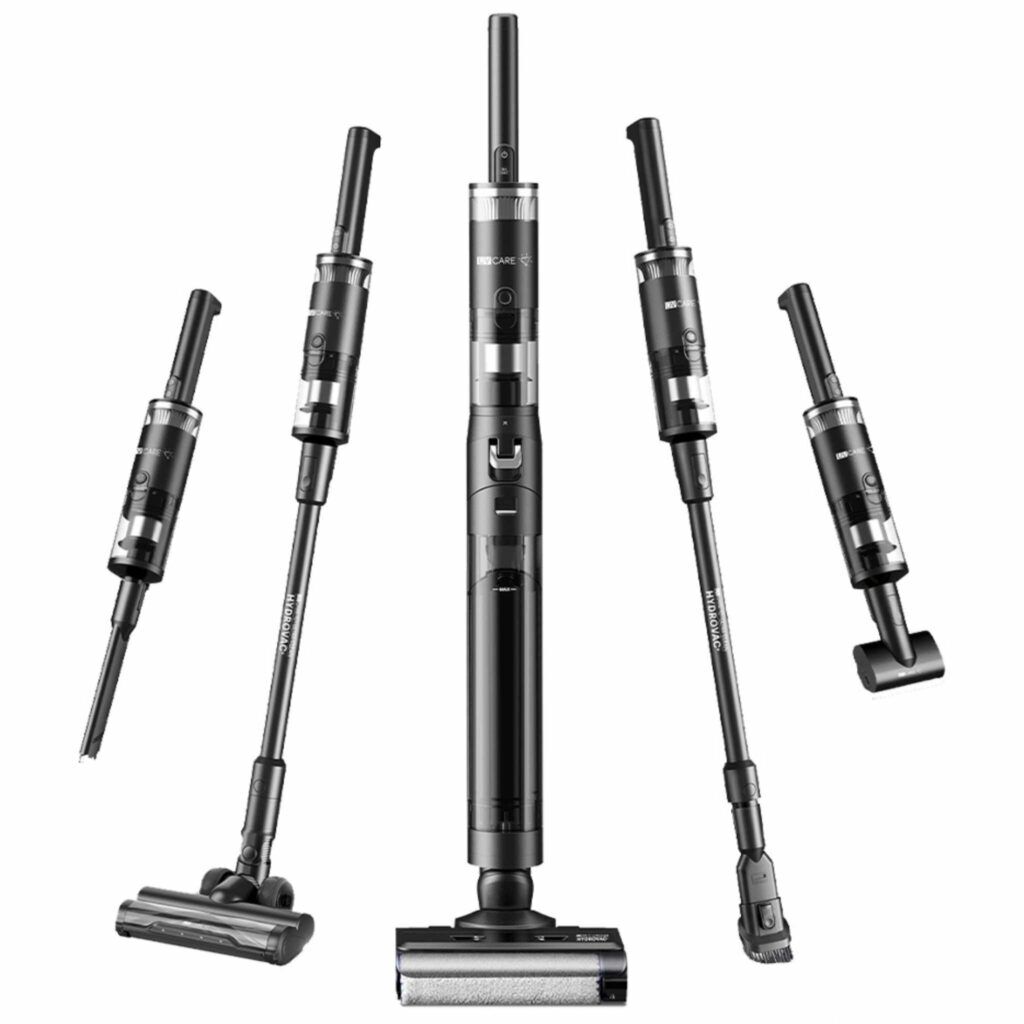
The Importance of Air Purifiers in Maintaining Indoor Air Quality

Factors to Consider When Buying an Air Purifier
Understanding Different Types of Air Purifiers
The market offers a variety of air purifiers, each utilizing different technologies to clean the air. Understanding these types can help you choose the right one for your needs. The most common type is the HEPA air purifier. It uses a high-efficiency particulate air filter to capture particles like pollen, dust, and pet dander. HEPA filters are reliable and effective. They are popular with allergy and asthma sufferers.
Another common type is the activated carbon air purifier, which excels at eliminating odors and harmful gases. The activated carbon filter adsorbs VOCs and odors. It improves indoor air quality. These purifiers may not trap particulates as well as HEPA models. But, they are vital for tackling specific air quality concerns, like cooking smells or smoke.
Ultraviolet (UV) air purifiers are also gaining popularity. These units use UV light to kill bacteria, viruses, and mold spores in the air, adding an additional layer of filtration. However, they are often used with HEPA or activated carbon filters. This makes a better air purification system. Know the strengths and weaknesses of each type. This will help you choose the best air purifier for your needs.
The Best Practices for an Allergen-Free Home
Beyond Vacuuming
Vacuuming is just one part of keeping your home allergen-free. Here are some additional tips:
- Damp Dusting: Use a damp cloth instead of a dry duster to avoid stirring up dust.
- Wash Bedding Regularly: Clean sheets, pillowcases, and duvet covers weekly in hot water.
- Control Humidity: Use a dehumidifier to keep humidity levels low and discourage dust mites.
- Keep Pets Clean: Regularly groom and bathe your pets to reduce dander.
Creating an Allergy-Free Sanctuary
- Choose Hard Flooring: Carpets can harbor dust mites and other allergens. Consider switching to hard floors.
- Use Allergen-Proof Covers: Encase mattresses and pillows in allergen-proof covers.
- Ventilation: Ensure good ventilation to reduce indoor humidity and allergen buildup.
Examining the Relationship Between Price and Quality

Tips for Finding the Perfect Balance Between Quality and Affordability
Common Misconceptions About Air Purifier Prices

Comparing Different Air Purifier Brands and Models
Reviews and Recommendations for Affordable Air Purifiers with Good Performance
